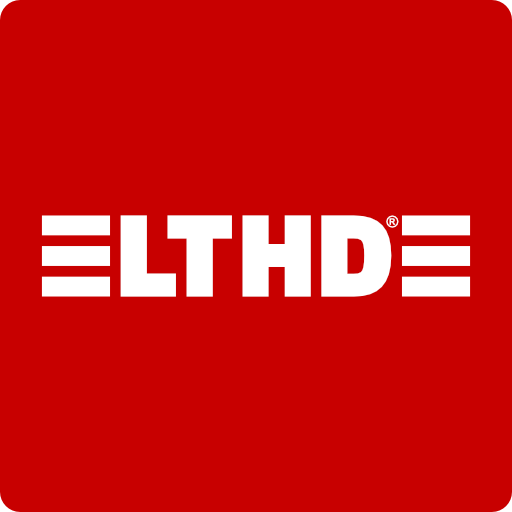

Materials used in the manufactured parts by LTHD are compliant with the applicable latest industry specific regulations REACH, ROHS. Our company's quality management system is certified accordingly to ISO 9001, ISO 14001, ISO 45001, ISO 9100D and ISO 13485:2016 standards.

Metal Materials
Aluminum
Aluminum 6061: good mechanical properties and weldability, making it one of the most common alloys for typical such as manufacturing of aircraft, watercraft and automotive parts.
Aluminum 5052: one of the most popular Aluminum alloys used in sheet metal fabrication, it is easily bent, punched and sheared. Particularly good corrosion resistant, typically used in marine and aircraft equipment.

Metal Materials
Stainless Steel
Austenitic Stainless Steel: Non-magnetic, highly formable and can be cold cut or bent, but not heat treated. It is resistant to corrosion, but prone to stress corrosion cracking. It is often used to make shafts, valves, bolts, bushes, nuts and aircraft fittings. Austenitic stainless steels comes in 200 or 300 series.
Ferritic Stainless Steel: Magnetic, lower resistance to ductility and corrosion compared to austenitic grades. These grades have a high resistance to stress corrosion cracking and can be cold cut or bent but are not heat treated. Often used in the medical industry and for making heat exchangers and automotive fasteners.

Plastic Materials
Polymer and Plastic Composites
Polymer and plastic composites are plastics which are strengthened with fibers, fillers, particulates, powders and other matrix reinforcements to provide improved strength and stiffness. They also provide a enhanced thermal behaviour. Polymer and plastic composites vary from the perspective of characteristics. Products intended for electrical and electronics applications typically offer protection against electrostatic discharge (ESD), electromagnetic interference (EMI), and radio frequency interference (RFI). Versions which are electrically conductive or resistant are available as well. There is a variety of different polymer matrices, from the most common as polyacetal (POM), PEEK, fluoropolymers(PTFE), and phenolics to the most sophisticated matrix composites.
Customer Support
Need Help? Chat with us on Whatsapp
